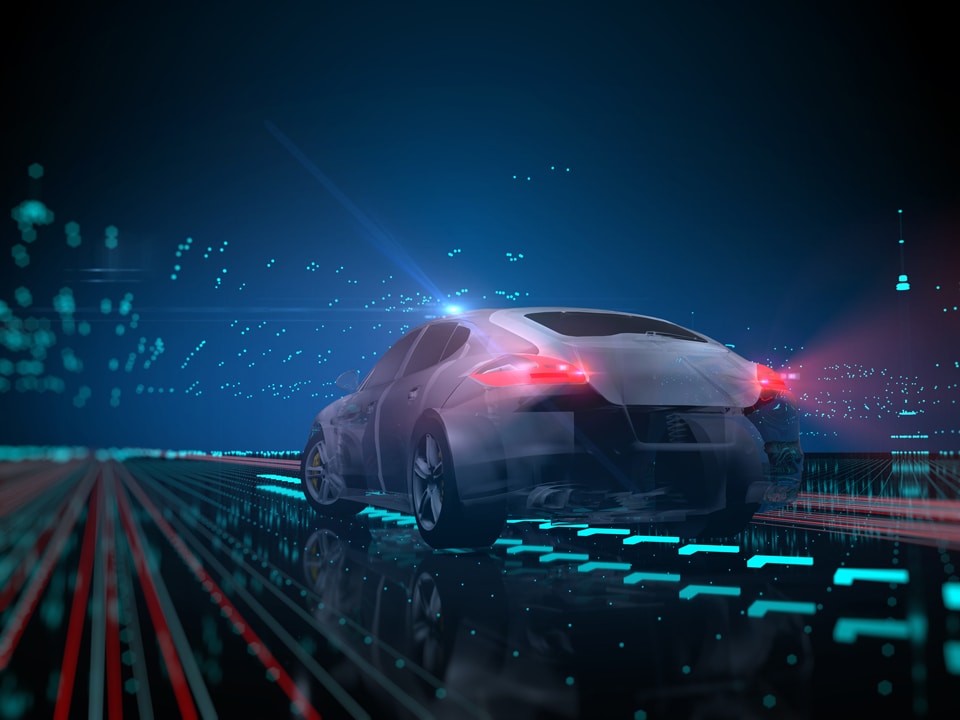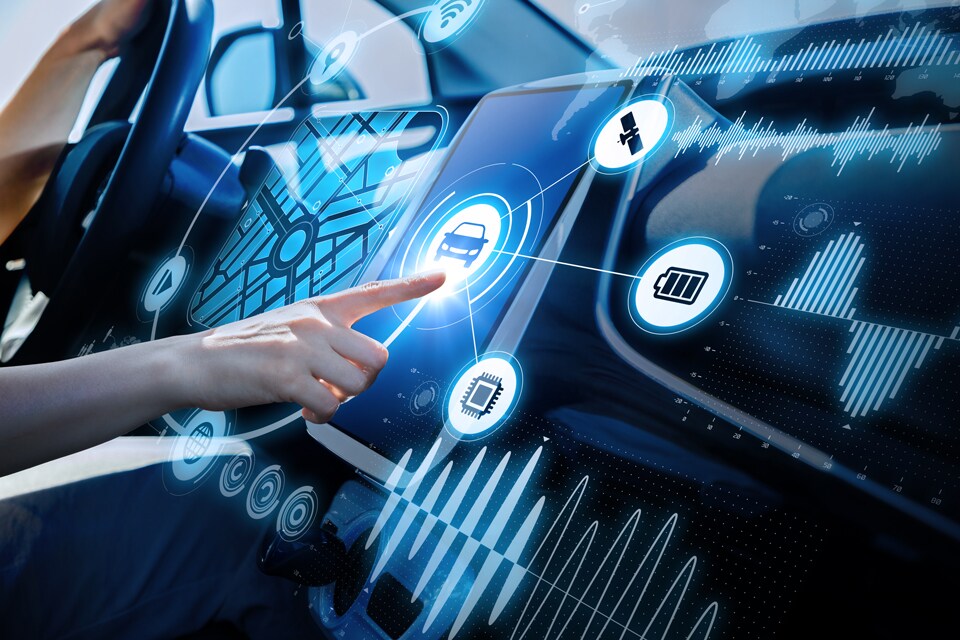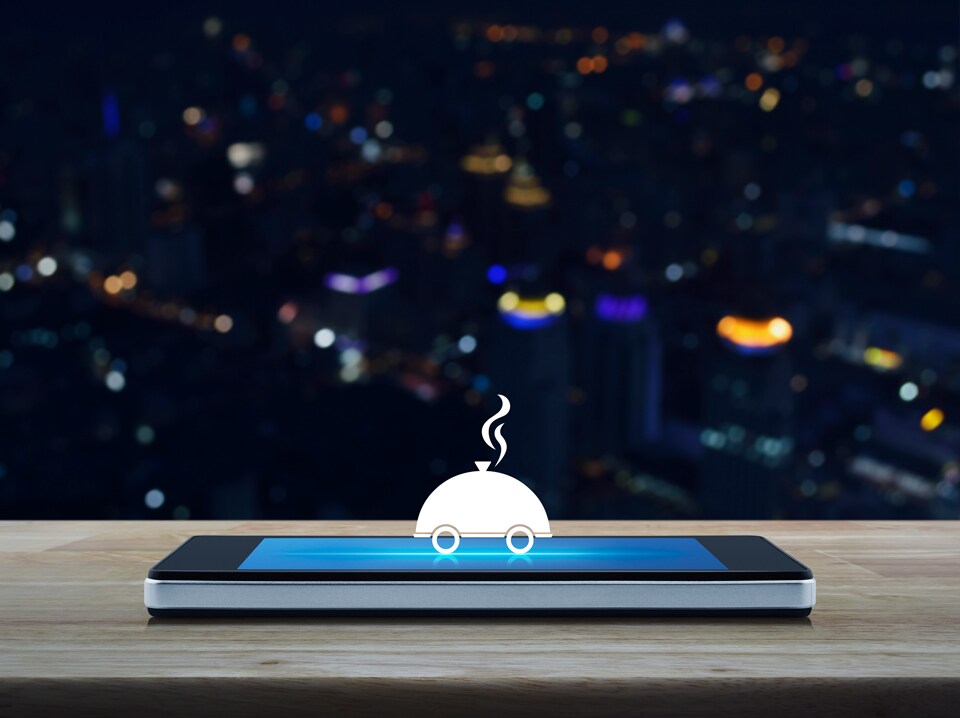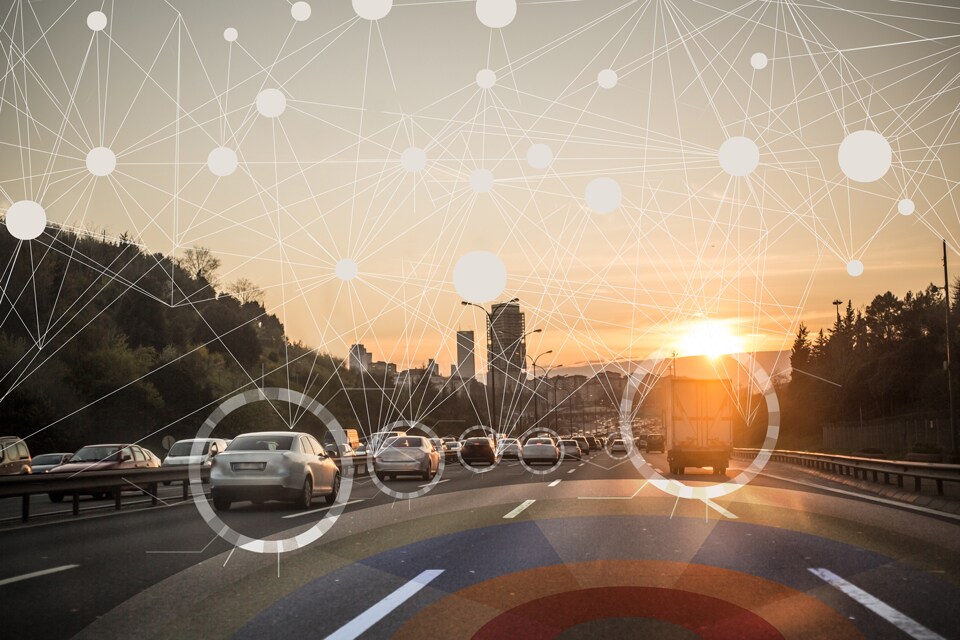
UX and UI will play a huge role in the success of the autonomous vehicle industry.
In the future, who-or what-would you
rather have show up at your door with a delivery for you: a friendly albeit
tip-seeking delivery person, or a self driving truck?
Sure,
the friendly delivery man brings your food to your door, but the Google self-driving minivan doesn't need small
talk or a tip. The food it delivers could be less expensive, too, since the
pizza parlor will be able to eliminate the cost of delivery people (and their
benefits).
Despite
your grandmother's insistence that small talk is the basis of human decency,
societal trends are increasingly dictated by young people, who like saving
money almost as much as they dislike interacting with people.
Autonomous
vehicles (AVs) have been in the works for a while, but aren't quite street
legal yet. In the near future, however, businesses should bet on autonomous
vehicles to take over a variety of delivery and driving services currently performed by humans.
Autonomous
vehicles are poised to reframe how we think about the delivery and in-home
service industries. The transition from tipping a delivery person to grabbing
your own pizza out of a self-driving minivan will
raise the bar for IoT app developers, as it's their job to make the self-serve
experience a seamless one.

How AVs Will Change Home Service to Self-Service
Autonomous
vehicles remove the need for a human to deliver equipment or products to your
home, which begs the question: do we still need a person to perform the service
at all?
Some services require an expert
craftsperson (not just anyone can repair your electrical outlets), but
others-delivering pizza or vacuuming your pool-don't require special skills.
With autonomous vehicles transporting the pool vacuum to your door, it would be
quite easy for you to take it off the truck and put the automated vacuum in
your pool.
The
rise of autonomous vehicles will transform the current home service model, as
companies question whether they really need to pay someone to
drive (read: ride) to your home and perform a relatively straightforward task
you could do yourself with an app.
Companies
that can't do away with service people entirely can at least offer a
self-service option for those consumers who have small requests or want to save
money. When you don't have to pay wages and benefits to a service person, you
can offer services at a lower price.
Think
of how many people prefer using self-checkout at the grocery store, possibly so
they can avoid interacting with a cashier. Now, imagine if your groceries also
cost less when you choose self-checkout because you don't contribute to the
clerk's wages.
To
remove the human employee from the equation, companies will need apps that
enable consumers to serve themselves. App developers will become essential to
transitioning from the human-driven car to the self-serve, autonomous vehicle
economy.


Autonomous Vehicles Put the User in the
Driver's Seat
The new AV-driven self-service model will mean the user will be more involved in the process, whether placing a food order through an app, inserting paper into the shredder correctly, or operating carpet cleaning equipment.
The new AV-driven self-service model will mean the user will be more involved in the process, whether placing a food order through an app, inserting paper into the shredder correctly, or operating carpet cleaning equipment.
Advances
in robotics will likely also change how people interact with these services.
For example, instead of inserting the paper into the shredder yourself, robots
built for the purpose could do it for you.
For
all this to occur, IoT app development will require a high standard for user
interface (UI) and user experience (UX). If people don't find it easy to adjust
to the new self-service model, they won't accept it. To help companies succeed,
the challenge falls on IoT developers to design apps that make the help quick,
intuitive, and convenient.
Developers
need to start thinking about this today if they are going to participate in the
revolution of tomorrow. The number of IoT app developers needed to accomplish
this will grow over time. The U.S. Bureau of Labor Statistics forecasts demand
for software developers to increase by 17 percent from 2014 to 2024.
Tech
companies and auto manufacturers currently refining autonomous vehicles will be
looking for innovations from app developers as soon as they can. In order to
take a driver's seat in the oncoming autonomous vehicles revolution, IoT
developers should be discussing, researching, and developing prototypes as soon
as possible.
If
you can meet autonomous vehicles with an expertly designed app as it comes out
of the gate, you'll establish yourself as a leader in the industry for
companies looking to implement apps with their own autonomous vehicles.


How to Develop for Self-Service in the
Autonomous Vehicles Marketplace
Service
app developers must consider two audiences: services companies and the patrons
of those companies. But you should design for only one audience: the consumer.
Although you'll need to sell your idea to the service company itself, your IoT
service app must meet the needs of the company's customers.
As
the actual end users, if the app doesn't make things easier or more convenient
for customers, they'll find another service provider.
Because
the self-service autonomous vehicles economy will require a shift in mindset
for customers, it's imperative that IoT developers start by considering the
pain points that will arise for users. Think of what questions those consumers
will ask, like: "How do I use this equipment?" "Who (and how) can I ask if I
have a question?" "I plugged it in, but it's not working. What do I do now?"
Without
a service person on the job, consumers will need to navigate the service or
delivery themselves. They may have only your app to guide them, so focus on UI
design and ease-of-use.
Make
the UI as intuitive and clean as possible. Study and incorporate UX
features that make it faster and easier to get services completed or
goods
into the home. Incorporate easy methods for customers to get in touch
with
services teams and ask for help.
Put yourself in the consumers' shoes as
they take pizza from the autonomous vehicles, receives their bags of groceries,
or loads precious belongings onto a truck. What is the consumer's primary goal?
By the time the pizza arrives, the aim is to grab the food and get back inside fast. The
app that asks you to fill out two simple fields to complete your order will
likely prove more popular than one with 10 fields to fill out.
The
consumer requesting an autonomous moving truck won't prioritize time nearly as
much as caution. An app with more form fills, well-written instructions, and
access to in-app chat with a customer service representative can reassure
customers that their belongings are in good hands (or rather, wheels).
As
developers, we know there are endless bells and whistles we could integrate into
our apps. But if they don't solve a customer's problem or enrich his or her
life in some way, they don't belong.
Security Could be the Toughest Obstacle
Today, package thieves follow UPS trucks around and take boxes right from people's front doors. It's not hard to envision an updated version of this when autonomous vehicles roam the street. Integrating security assurances into UI will help early adopters feel comfortable taking the exciting leap into the AV economy.
Today, package thieves follow UPS trucks around and take boxes right from people's front doors. It's not hard to envision an updated version of this when autonomous vehicles roam the street. Integrating security assurances into UI will help early adopters feel comfortable taking the exciting leap into the AV economy.
Service
companies will need apps that confirm their autonomous vehicles have reached
the correct party before they release the goods or unlock the unit. This
identification could be touch-based, phone-based, or a numerical code. The
app's UI should make it clear to consumers that this slight inconvenience keeps
them and their information safe.
While
it can certainly ruin a holiday, occasional package thievery doesn't compare
with a hacker accessing thousands of personal records from a restaurant by
infiltrating its autonomous delivery car. autonomous vehicles driving to
consumer homes will collect addresses and most likely credit card numbers.
Multifactor authentication and partitioning information will become all the
more necessary in app development.
Code for Ubiquitous Compatibility
It
will take sophisticated software to run the autonomous, so IoT app developers must prioritize compatibility between
their technology, the car's software, and other apps. Today's consumers expect
smooth connectivity between their IoT devices and their favorite apps. They
also expect the process to be clear and easy, or they will abandon it with a
swipe of the finger.
IoT connectivity means developers must test on all devices. Service companies will need apps that are fully compatible with both Android and iOS phones and with the software that runs the autonomous vehicles.
IoT connectivity means developers must test on all devices. Service companies will need apps that are fully compatible with both Android and iOS phones and with the software that runs the autonomous vehicles.
Streamlining
these separate facets promise to be a complex challenge for ambitious
developers. The straightforward and clean UI "face" over this extensive backend
development will be the developer's masterpiece.
Plan to Continually Upgrade
Operating via the ultimate IoT device (the autonomous vehicle), service app software will be open-ended and forever amenable to upgrades. Because your app won't need to be physically loaded into the car before the vehicle is shipped, creation of autonomous vehicles and the app can occur in tandem.
Operating via the ultimate IoT device (the autonomous vehicle), service app software will be open-ended and forever amenable to upgrades. Because your app won't need to be physically loaded into the car before the vehicle is shipped, creation of autonomous vehicles and the app can occur in tandem.
The
thrilling novelty of IoT apps for service autonomous vehicles also means that
version 1.0 may not be glitch-free. Developers can send upgrades and patches
over the app's lifespan, just as game developers have done for years.
The
freedom to continually upgrade and repair is both a blessing and a curse.
Service app upgrades must keep pace with mobile and AV software updates. While
something of an outside third party, service apps will be part of the
comprehensive AV ecosystem and must interact well with both the vehicle
software and other apps automakers will use to enhance the car.
Helping Users Help Themselves
Can
you remember the last time you visited a full-service gas station and sat in
your car while an employee filled your tank? While your grandmother may have
preferred to visit Ned, who chatted with her as he filled the car, the majority
of society flocked to the self-serve model in the
1970s as it saved both consumers and gas stations time and money.
The
same irresistible benefits will draw companies and consumers to self-service in
the AV economy. It's become second nature to self-serve at the gas station.
Soon, it will be second nature to use a self-service model when ordering
groceries, bathing your dog, or cleaning your swimming pool.
Simply
open an app, press a few intuitive buttons, and wait for the AV to arrive with
the product you requested or the service equipment you need.
Developers will be pivotal in determining whether consumers accept self-service models for many of their daily tasks. Getting customers to trust Google's minivan pizza delivery over the pleasant delivery boy will take some effort. Still, the drive for ever-increasing convenience, advanced technology and financial savings tends to outweigh traditional reticence.
Developers will be pivotal in determining whether consumers accept self-service models for many of their daily tasks. Getting customers to trust Google's minivan pizza delivery over the pleasant delivery boy will take some effort. Still, the drive for ever-increasing convenience, advanced technology and financial savings tends to outweigh traditional reticence.
The
more complicated the world gets, the more we rely on consumer-oriented user
interfaces, enabling all users to take advantage of the amazing benefits the
Internet of Things promises.
article from: Auto News
article from: Auto News
No comments:
Post a Comment